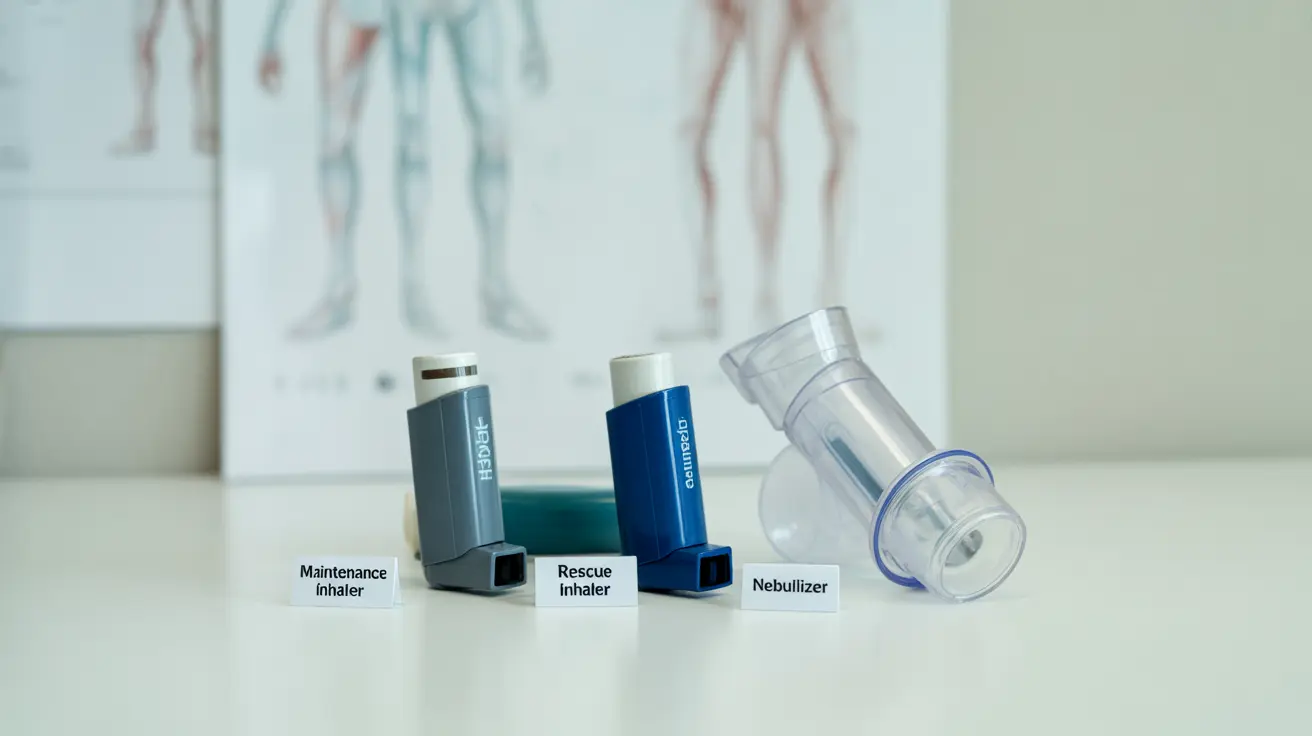For millions of Americans managing respiratory conditions like asthma or COPD, understanding how Medicare covers inhalers is crucial for maintaining their health and budget. Medicare's coverage of inhalers involves different parts of the program, each with its own rules and cost structures.
This comprehensive guide will help you navigate Medicare's inhaler coverage, including what's covered under different parts of Medicare, typical costs, and how to ensure you have access to the medication you need.
Medicare Part D and Inhaler Coverage
Medicare Part D prescription drug plans typically provide the primary coverage for inhalers. These plans cover both rescue inhalers for immediate symptom relief and maintenance inhalers for long-term condition management.
Types of Covered Inhalers
Medicare Part D plans generally cover several categories of inhalers:
- Short-acting bronchodilators (rescue inhalers)
- Long-acting bronchodilators
- Inhaled corticosteroids
- Combination inhalers
Understanding Formularies and Tiers
Each Medicare Part D plan has its own formulary (list of covered drugs) that categorizes inhalers into different cost tiers. Higher tiers typically mean higher out-of-pocket costs. Brand-name inhalers usually fall into higher tiers than their generic counterparts.
Medicare Advantage Plans and Inhaler Coverage
Medicare Advantage (Part C) plans that include prescription drug coverage follow similar guidelines to standalone Part D plans. However, coverage and costs can vary significantly between different insurance providers and plans.
Medicare Part B and Nebulizer Coverage
While Part B doesn't typically cover regular inhalers, it does cover nebulizers and nebulizer medications when medically necessary. This coverage applies when:
- The nebulizer is prescribed by a doctor
- The equipment is obtained from a Medicare-approved supplier
- The medication is used with the nebulizer
Managing Out-of-Pocket Costs
Several factors affect your out-of-pocket costs for inhalers under Medicare:
- Your plan's deductible
- Copayments or coinsurance amounts
- Whether you've reached the coverage gap ("donut hole")
- If you qualify for Extra Help or other assistance programs
Finding Coverage Information
To ensure access to your specific inhaler medications:
- Review your plan's formulary annually
- Contact your plan provider directly
- Discuss alternatives with your healthcare provider
- Consider comparing plans during open enrollment
Frequently Asked Questions
Which inhalers are covered by Medicare Part D and Medicare Advantage plans?
Medicare Part D and Medicare Advantage plans typically cover most common inhalers, including albuterol rescue inhalers and maintenance inhalers containing corticosteroids or long-acting bronchodilators. Coverage specifics vary by plan and formulary.
How much will I typically pay out-of-pocket for inhalers under Medicare Part D?
Out-of-pocket costs vary depending on your plan's structure, the tier of your inhaler, and where you are in your coverage phase. Costs typically range from $20-60 for generic inhalers to $40-100 or more for brand-name versions, before reaching the coverage gap.
Does Medicare Part B cover inhalers or nebulizers for asthma or COPD treatment?
Medicare Part B covers nebulizers and nebulizer medications when prescribed by a doctor and obtained through approved suppliers. Standard inhalers are covered under Part D, not Part B.
How can I find out if my specific inhaler is included in my Medicare plan's formulary?
You can check your plan's formulary online, call your plan provider directly, or use Medicare's Plan Finder tool at Medicare.gov to review covered medications.
Are both rescue inhalers and maintenance inhalers covered by Medicare?
Yes, Medicare Part D and Medicare Advantage plans typically cover both rescue inhalers for immediate symptom relief and maintenance inhalers for long-term condition management, though coverage levels and costs may differ.




